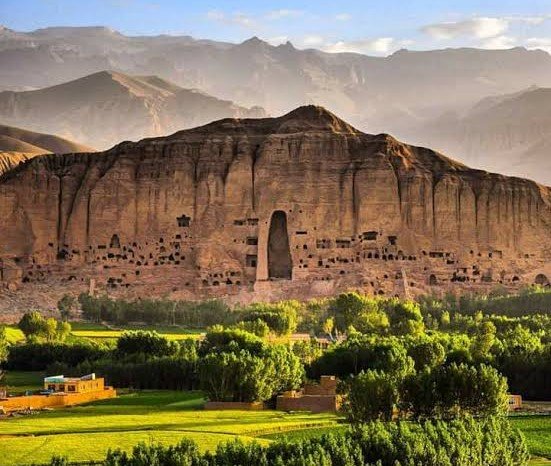Blogs
Dive into our blog for insightful travel guides, cultural highlights, hidden gems of Afghanistan, and practical tips to make your journey unforgettable. Whether you’re planning your next trip or just love discovering new places, our blog is your perfect companion.
Blogs
The Buddhas of Bamyan
Carved into the towering cliffs of Bamyan over 1,500 years ago, the Buddhas of Bamyan were once the tallest standing Buddha statues in the world. These monumental figures—one standing 55 meters and the other 38 meters—were a testament to Afghanistan’s rich Buddhist heritage, long before Islam arrived in the region. The statues were part of a thriving Silk Road culture, where travelers, monks, and merchants exchanged goods and ideas. Surrounding the statues are hundreds of caves with ancient paintings, revealing deep artistic and spiritual history. Though tragically destroyed in 2001, the empty niches remain a powerful symbol of resilience and cultural identity. Today, visiting the site offers a moving experience — not only for its historical importance but also for the stunning views across the Bamyan valley. Tip for travelers: Visit during sunrise or sunset for the most breathtaking views, and don’t miss nearby sites like Shahr-e Gholghola and Band-e Amir.
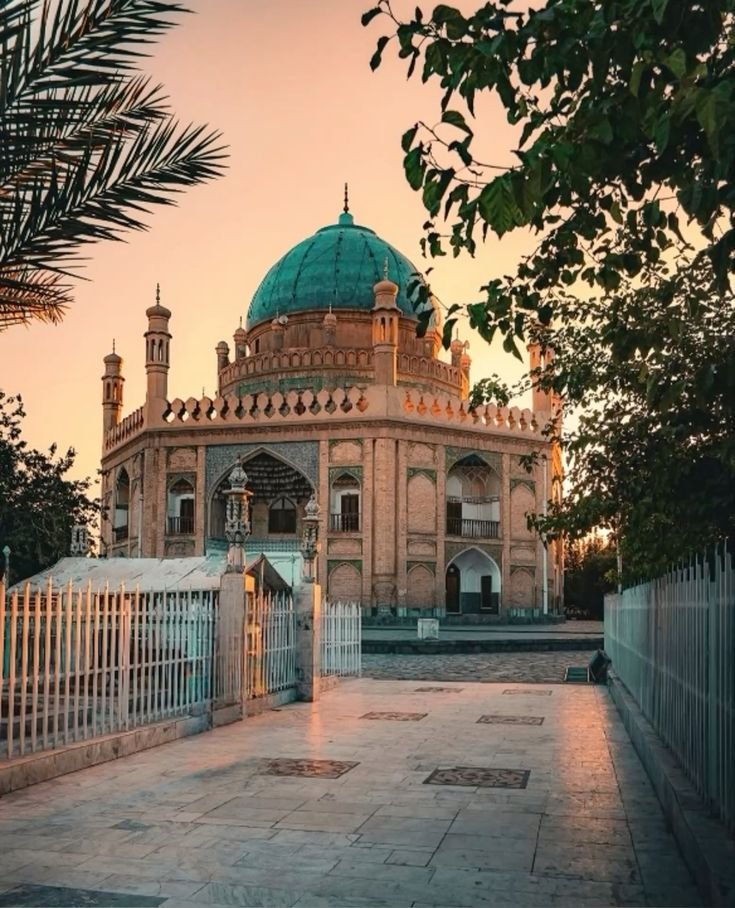
Kandahar – The Proud Heart of Afghan History
Kandahar, located in the south of Afghanistan, is an ancient city with a history dating back to Alexander the Great. It serves as the capital of Kandahar Province, and it is the second-largest city in Afghanistan. Kandahar has been a strategic location throughout history because of its position at the crossroads of Central Asia and South Asia, which has also made it a focal point for trade. The city is known for its cultural significance and historical sites, including the Friday Mosque of Kandahar and the site of the ancient city of Old Kandahar. The region is primarily arid with deserts and steppes surrounding the city. Agriculture is a vital part of the local economy, and the area is renowned for producing fine fruits, especially pomegranates and grapes. Kandahar has faced a tumultuous past due to various conflicts, and it has been a central location in the strategic operations of different empires and more recently during military campaigns involving international forces. Places to visit in kadahar (Shrine of the Cloak (Kherqa Sharif), Kandahar Citadel (Arge-Kandahar), Mausoleum of Ahmad Shah Durrani, Chilzina Viewpoint, Baba Wali Kandahar & Dahla Dam.
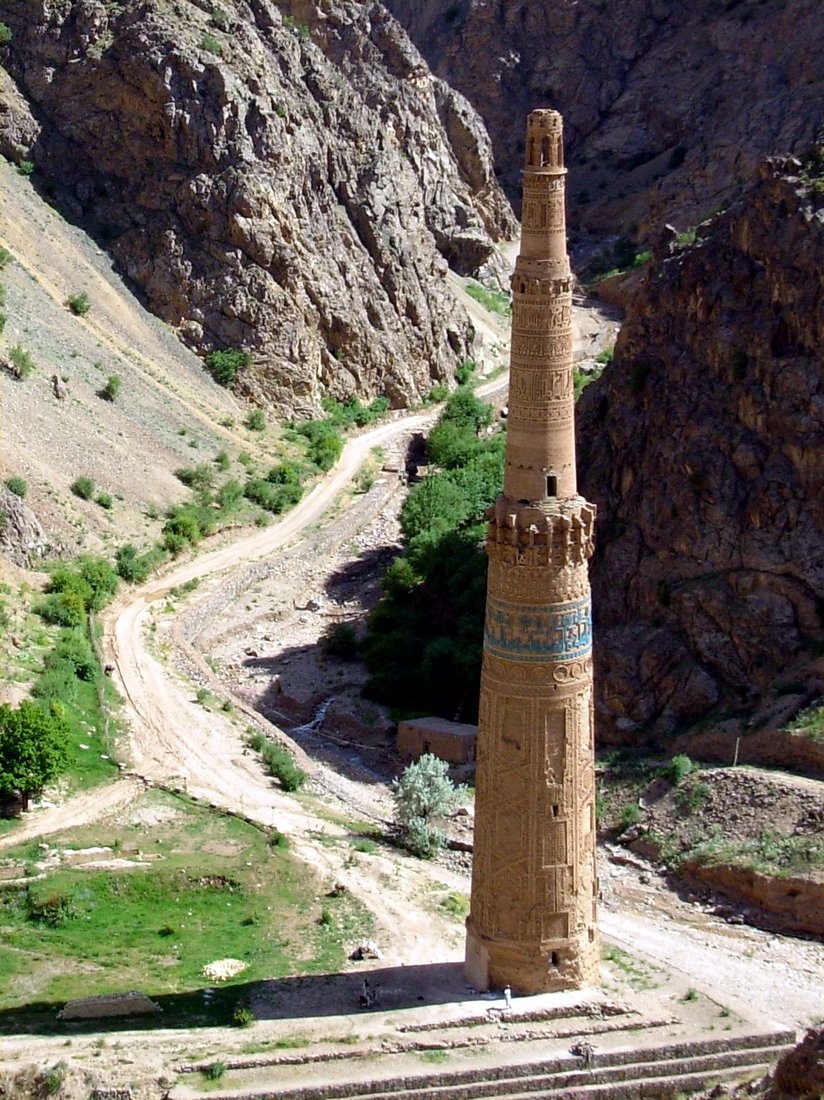
Minaret of Jam – The Hidden Jewel of Ghor
Rising majestically from the remote mountains of Ghor, the Minaret of Jam is one of Afghanistan’s most remarkable historical monuments. Built in the 12th century by the Ghurid Empire, this 65-meter-high minaret stands as a masterpiece of Islamic architecture, covered in intricate brickwork, Kufic inscriptions, and geometric designs. Despite its isolated location, the Minaret of Jam once stood at the heart of a thriving medieval city. Historians believe it marked the site of Firozkoh, the lost capital of the Ghurid dynasty, known for its scholarship and craftsmanship. Recognized as a UNESCO World Heritage Site, Jam remains an awe-inspiring testament to Afghanistan’s forgotten glory. Surrounded by stunning natural beauty, it offers visitors a chance to step into history — untouched and raw. Tip for travelers: Reaching Jam requires planning and a local guide, but the journey is worth it for true lovers of history and adventure.
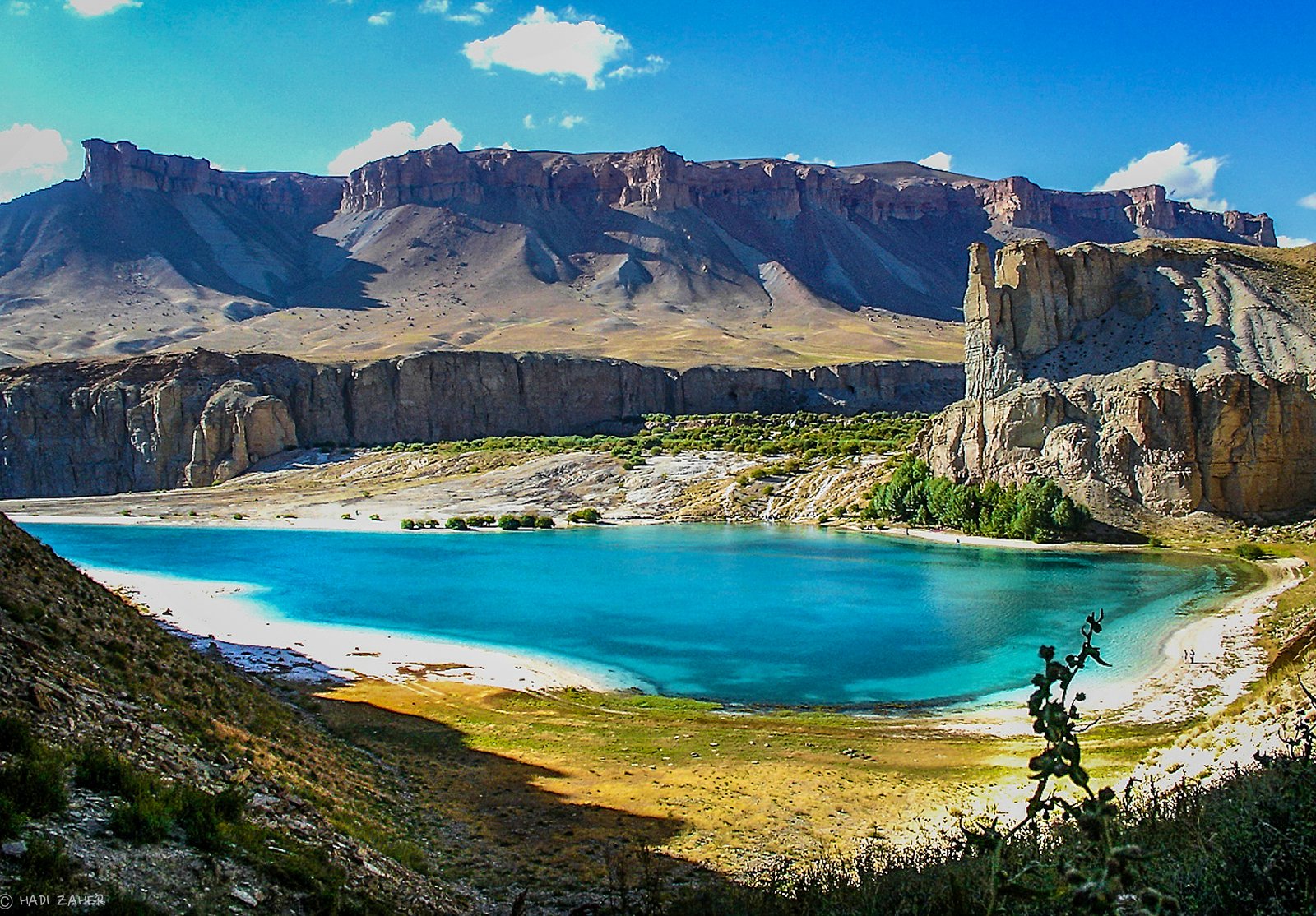
Band-e Amir – Afghanistan’s Natural Wonder
Nestled high in the Hindu Kush mountains of Bamyan province, Band-e Amir is Afghanistan’s first national park and a true natural treasure. Famous for its series of six deep blue lakes separated by natural dams of travertine, this breathtaking destination feels like a scene from a postcard. The crystal-clear water, dramatic cliffs, and peaceful surroundings make Band-e Amir a favorite spot for nature lovers, photographers, and adventure seekers. You can take a boat ride, hike along the lakes, or simply sit and enjoy the silence of this untouched beauty. Band-e Amir isn’t just a place to visit — it’s a place to reconnect with nature, unwind from busy life, and witness the unique geological formations that make it one of the most magical places in Central Asia. Tip for travelers: Visit between May and September for the best weather, and don’t forget to bring warm clothing — even summer evenings can be chilly.
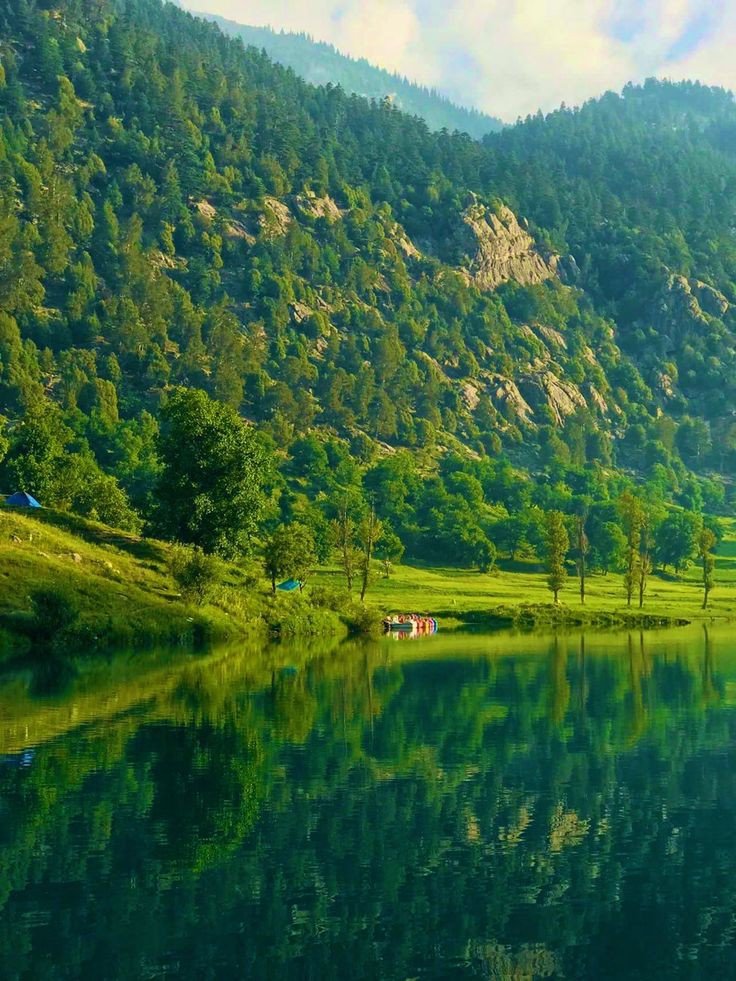
Nuristan the Secound National Park of Afghanistan
Nuristan is one of the 34 provinces of Afghanistan; it was created as an independent unit in 2003; and is located in the east of the country. The capital of this province is the city of Parun. Nuristan, or the former Kalashistan, was an independent region throughout its history until 1896, when the troops of the Afghan commander Abdur Rahman captured it with a historic massacre. Because its people followed the ancient Indo-Iranian Vedic religions, they were mistakenly known as Kafiristan among Muslims, even though they believed in the one God of Dezaw. Eventually, the inhabitants were forced to make a historic choice between death, migration, or conversion to Islam. Nuristan Province has dense forests, little agricultural land, and its water-filled valleys attract attention, and clear water flows from springs in every corner of this province. The spoken languages of the people of Nuristan are: Nuristani, Pasha'i, Pamiri, Pashto, and Persian. Nuristan, which is located in northeastern Afghanistan, has eight administrative units in addition to the capital, Parun, the provincial capital.
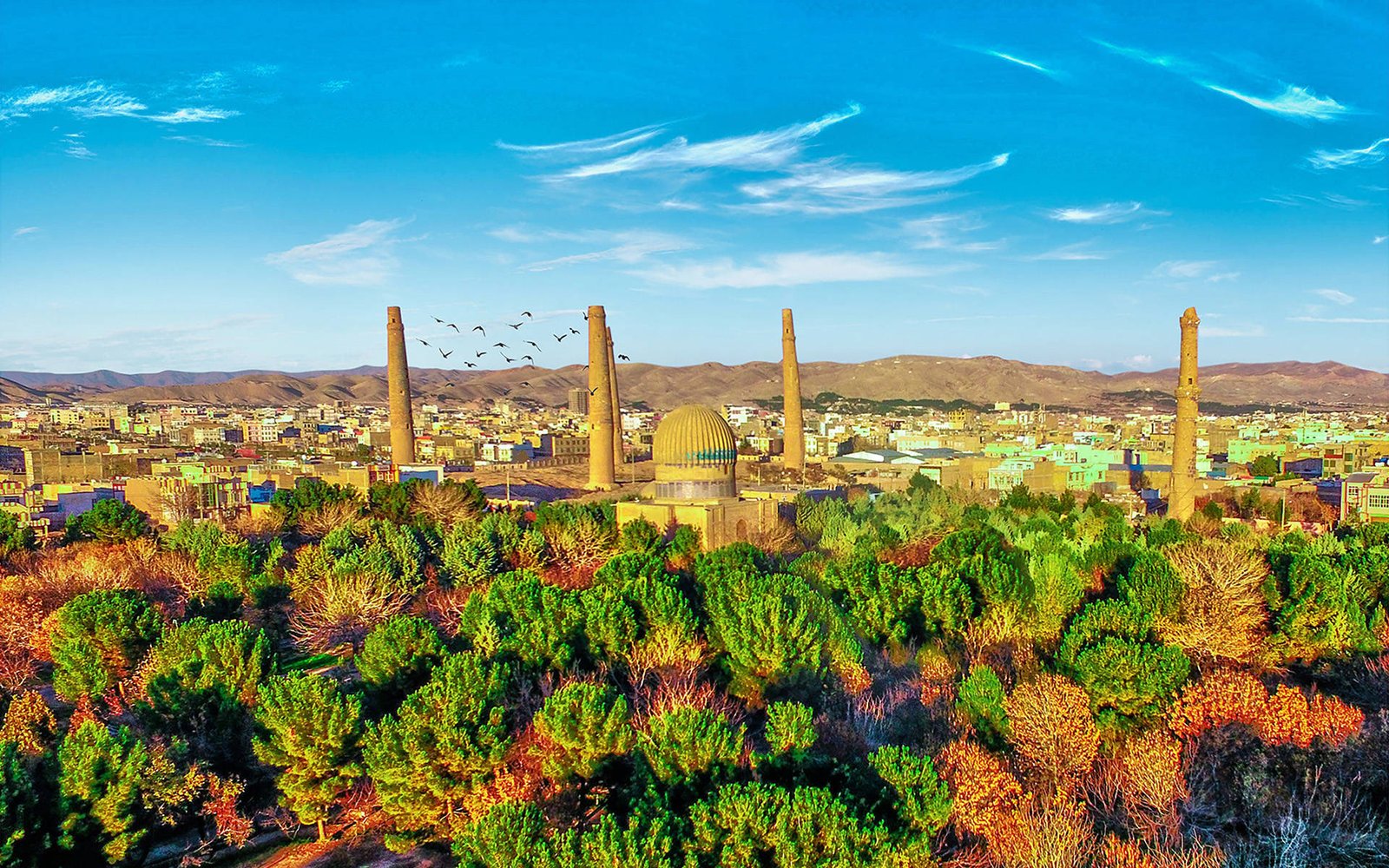
Herat – Afghanistan’s Timeless Cultural Jewel
provinces of Afghanistan. It is in the south-western region of the country. The main city and capital is named Herat. The region of Herat used to be part of Greater Khorasan. It was ruled by the Tahirids followed by the Saffarids, Samanids, Ghaznavids, Ghurids, Ilkhanates, Timurids, and Saffavids. In the early-18th century it became part of the Afghan Hotaki dynasty followed by the Durrani Empire. Herat, Afghanistan, boasts a rich history and several notable historical and cultural sites. The most prominent include the Herat Citadel, the Friday Mosque (Masjid-i Jami), the Musalla Complex, and the Shrine of Khwaja Abd Allah Ansari. These sites offer a glimpse into Herat's past as a significant city in Khorasan and its architectural and artistic achievements.
Kabul Province
Sakhi Shrine, or the Footsteps of Hazrat Ali (AS), the Jewel of Kabul's Ring - Sakhi Shah-e Mardan Shrine or Ziyarat-e Sakhi is a shrine and mosque located in the Karte Sakhi area of Kabul, Afghanistan. It is associated with the place to which the cloak of the Islamic prophet Muhammad was brought and with a visit from Ali, the son-in-law and cousin of Muhammad, after prophet Muhammad who would become the first Caliph and first of the Twelve Imams. The shrine is located at the foot of the Asamayi Hill, now better known as Television Hill. To its north and west is the Sakhi Cemetery.
Shah-Do Shamshira Mosque
- Shah-Do Shamshira Mosque the name translates to Mosque of the King of Two Swords, is a yellow two-story mosque in Kabul, Afghanistan (District 2) on Andarabi Road, just off the Kabul River and the Shah-Do Shamshira bridge in the center of the city. It was built during the reign of Amanullah Khan (1919–1929). It was modelled after the Ortaköy Mosque in Istanbul. The design of this mosque is quite unusual for Islamic religious architecture. Its Italian decorative stucco creates an interesting effect that some describe as ‘Afghan Baroque’.
Darul Aman Place
- Darul Ahman is one of the historical monuments of Afghanistan that has been the narrator of hundreds of years of bloody history of this country, Daral Aman Palace is one of the historical monuments of Afghanistan, located 8 kilometers southwest of Kabul and the Chardehi District of Kabul. It was built during the reign of Amanullah Khan in an area called Afshar Tepe. This palace is known today as the Wounded Land, because it is the most prominent sign of destruction in Afghanistan and the saddest building in Afghanistan, which at a glance tells the story of hundreds of years of bloody history of this country.
The Gardens of Babur - The Gardens of Babur, located in Kabul, Afghanistan, is a historical garden created by the Mughal Emperor Babur in the 16th century. It holds historical, architectural, and cultural significance. The Gardens of Babur feature Mughal architecture with an Iranian-Islamic style. The Gardens of Babur served as a royal garden and a cultural hub. Babur wrote about the garden in his memoirs. Babur's grave is located in the garden, making it a symbolic place for the Mughal dynasty.
The Gardens of Babur, also known as Bagh-e Babur, holds historical, architectural, and cultural significance.
Qargha Dam - Just 9 kilometers west of Kabul city lies Qargha Lake, a serene getaway surrounded by rolling hills and fresh mountain air. Popular among locals and travelers alike, Qargha is the perfect spot to relax, enjoy a picnic, or take a paddle boat ride on calm waters. The lake is especially lively on weekends, with families gathering for BBQs, music, and laughter. Around the shore, you’ll find small restaurants offering Afghan dishes like kebab and fish, freshly prepared and full of flavor. Whether you're looking to escape the city’s noise or catch a beautiful sunset over the water, Qargha Lake offers the perfect blend of nature and local culture — just a short drive from the capital. Tip for travelers: Visit on weekdays for a quieter experience and bring a camera — the golden hour reflections are stunning.
The National Museum of Afghanistan -The National Museum of Afghanistan is located across the street from the Darul Aman Palace in the Darulaman area of Kabul, Afghanistan. It was once considered to be one of the world's finest museums. There have been reports about expanding the museum or building a new larger one. Mohammad Zubair Abedi serves as the current director of the museum.The museum's collection had earlier been one of the most important in Central Asia, with over 100,000 items dating back several millennia, including items from Persian.
Paghamn Vally & Hill Castle - Paghman District is situated in the western part of Kabul Province, Afghanistan. Paghman Hill Castle, also known as the Paghman Palace, stands as a historical emblem within the scenic landscapes of Kabul, Afghanistan. This regal structure, although now in ruins, continues to hold a significant place in the cultural heritage of the region. The castle was constructed during the reign of King Amanullah Khan in the early 20th century, reflecting the nation's aspirations for modernization and progress.
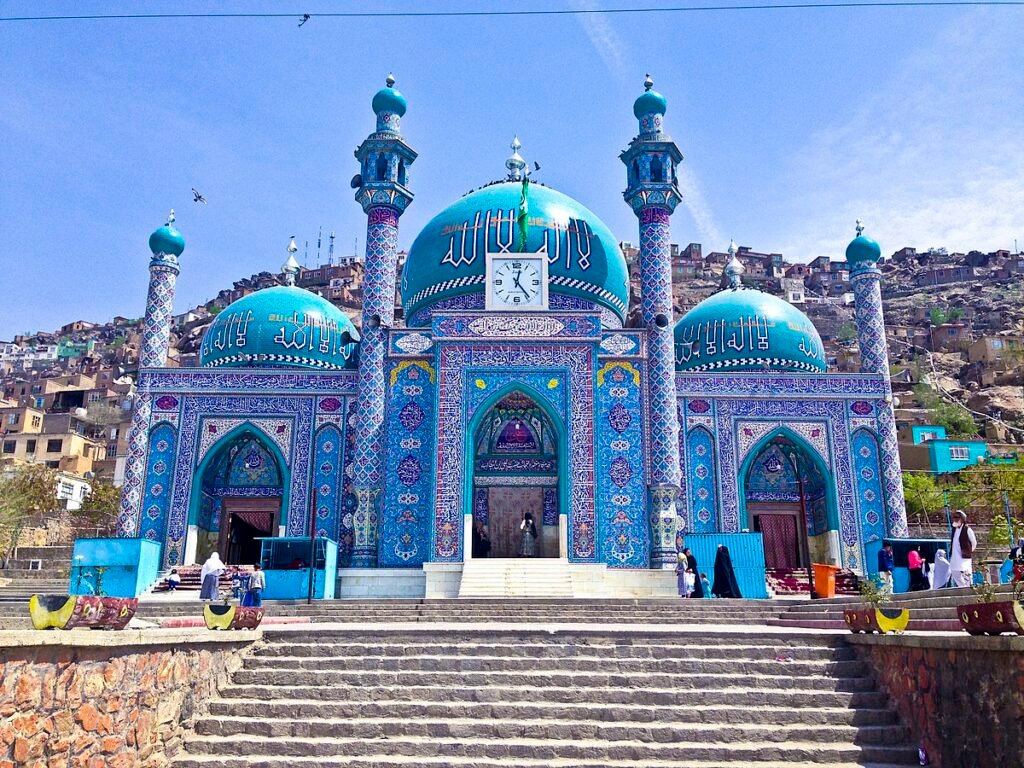
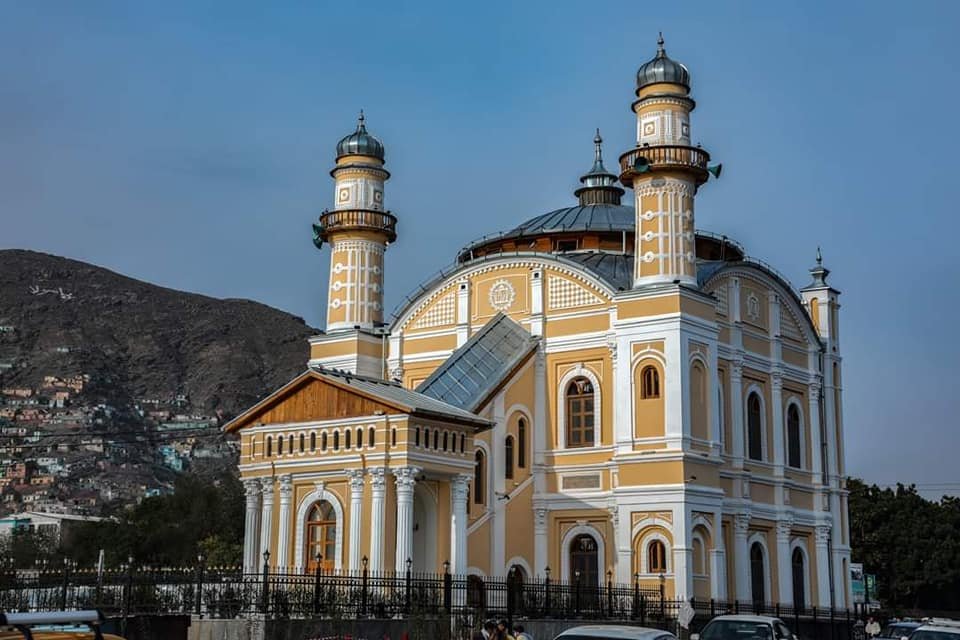
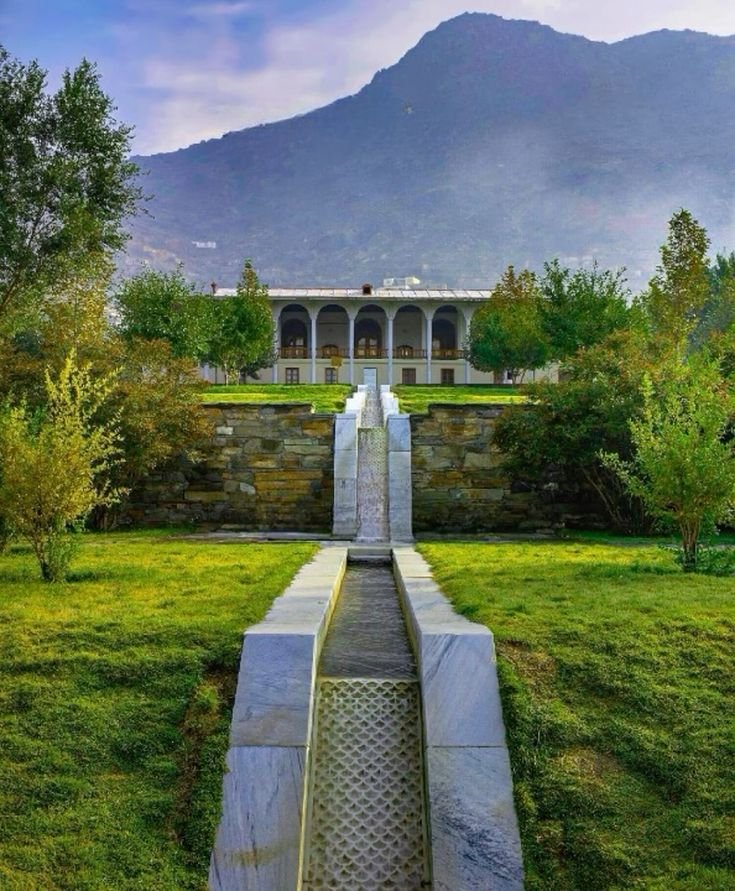
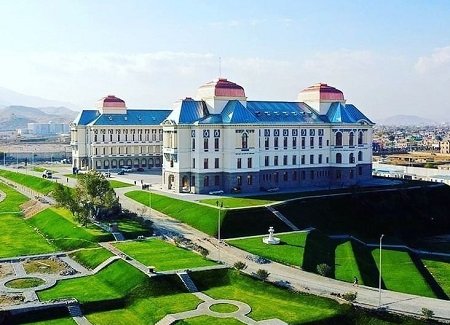
Photos
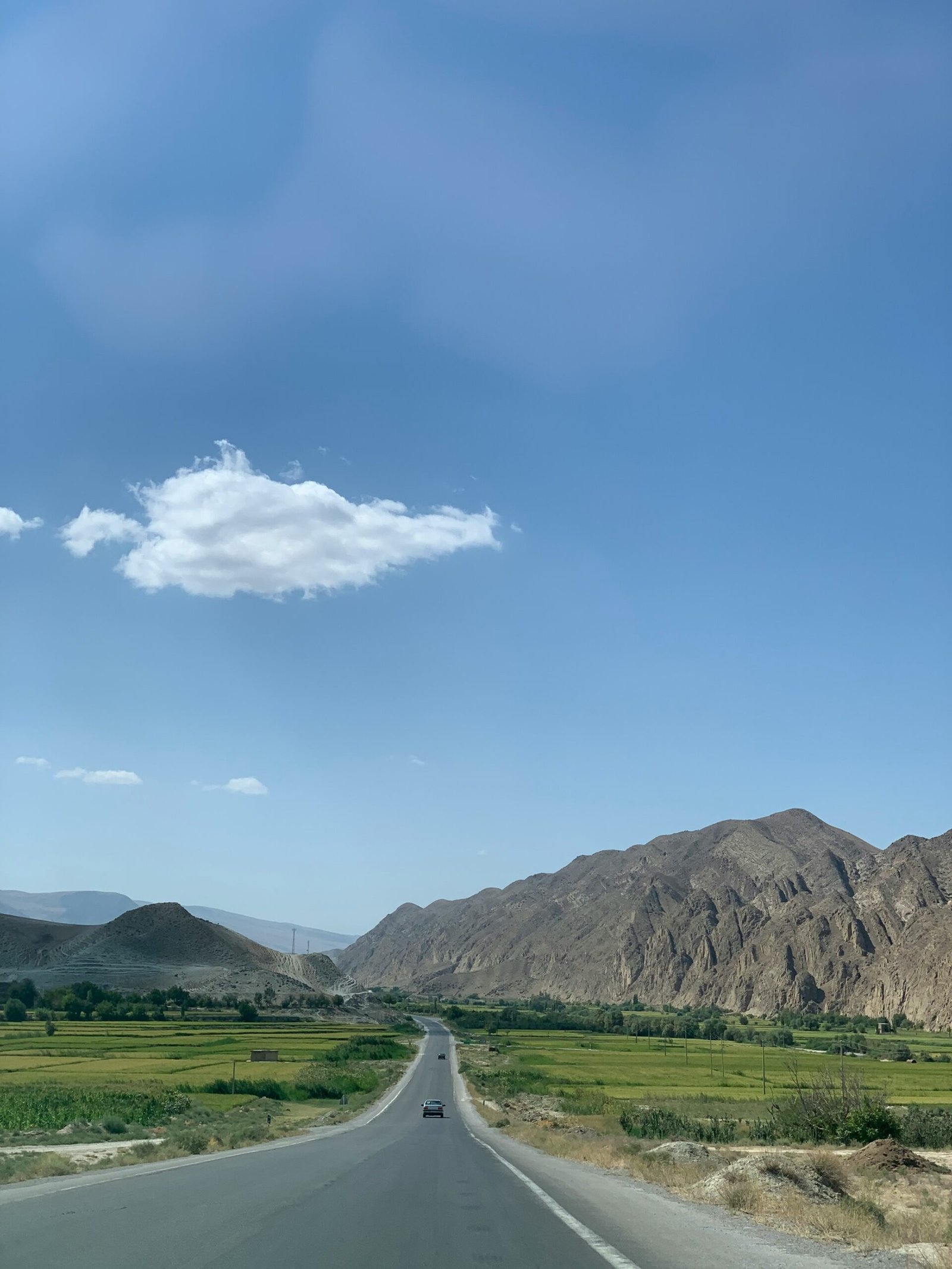
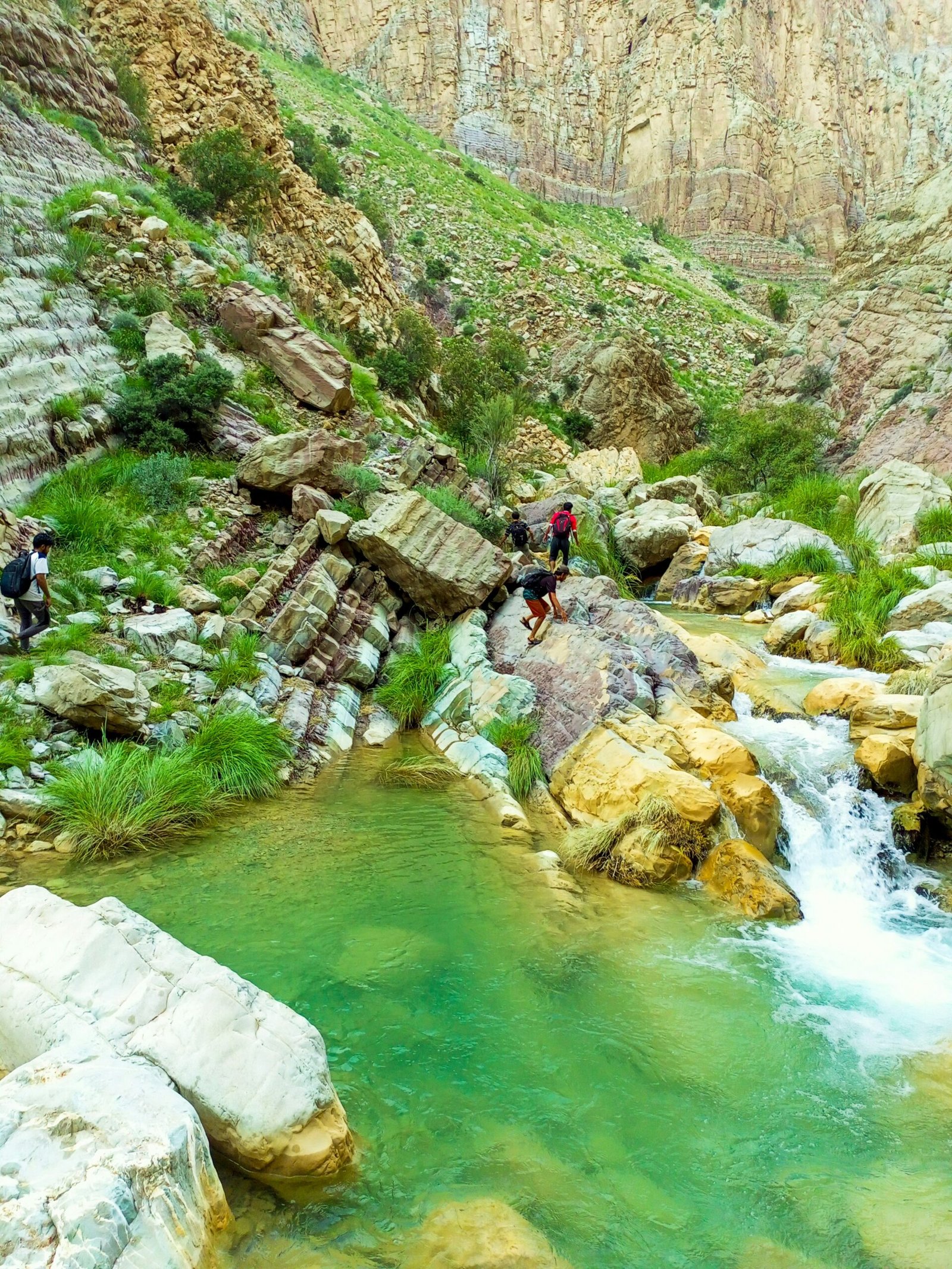
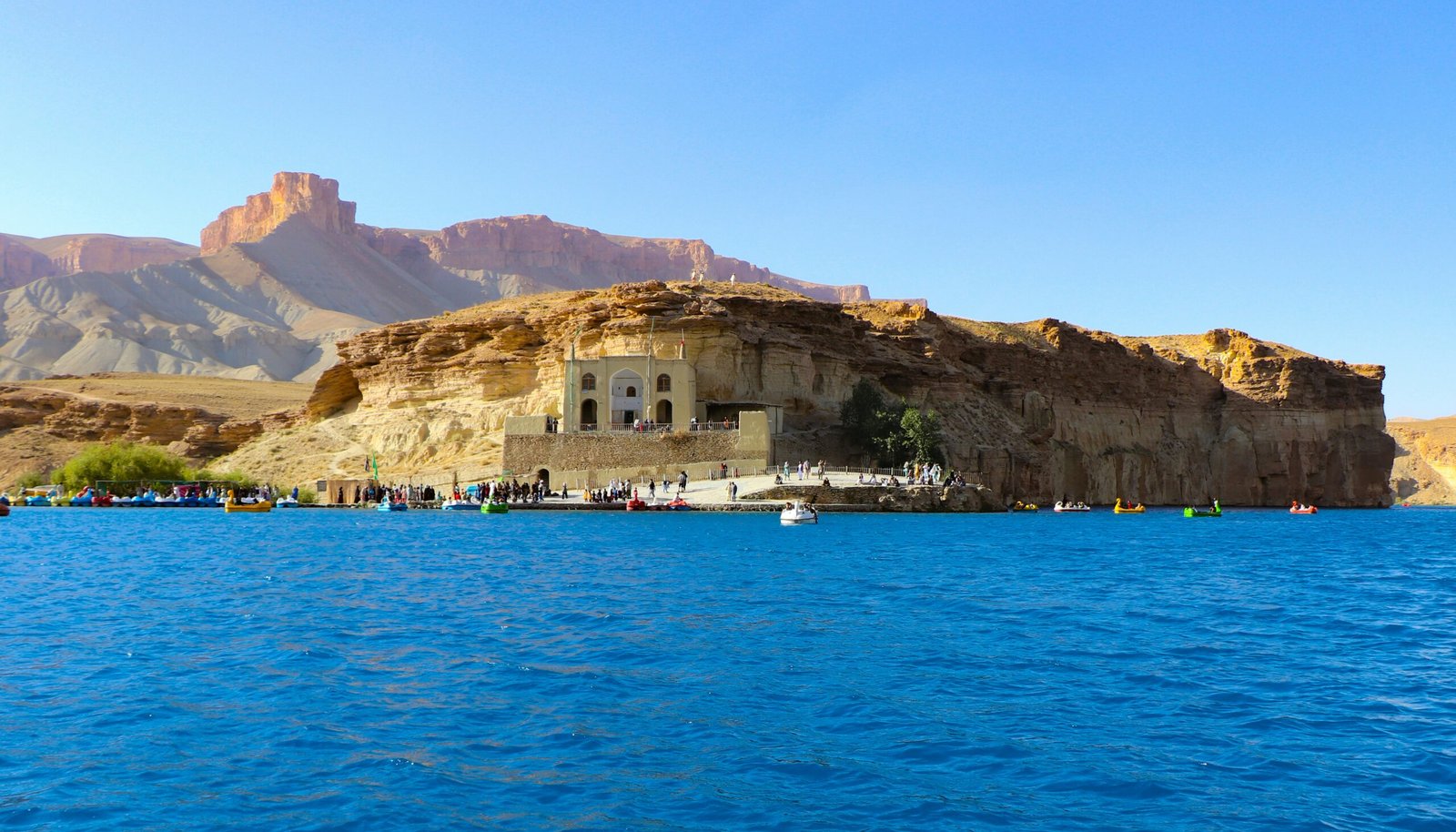
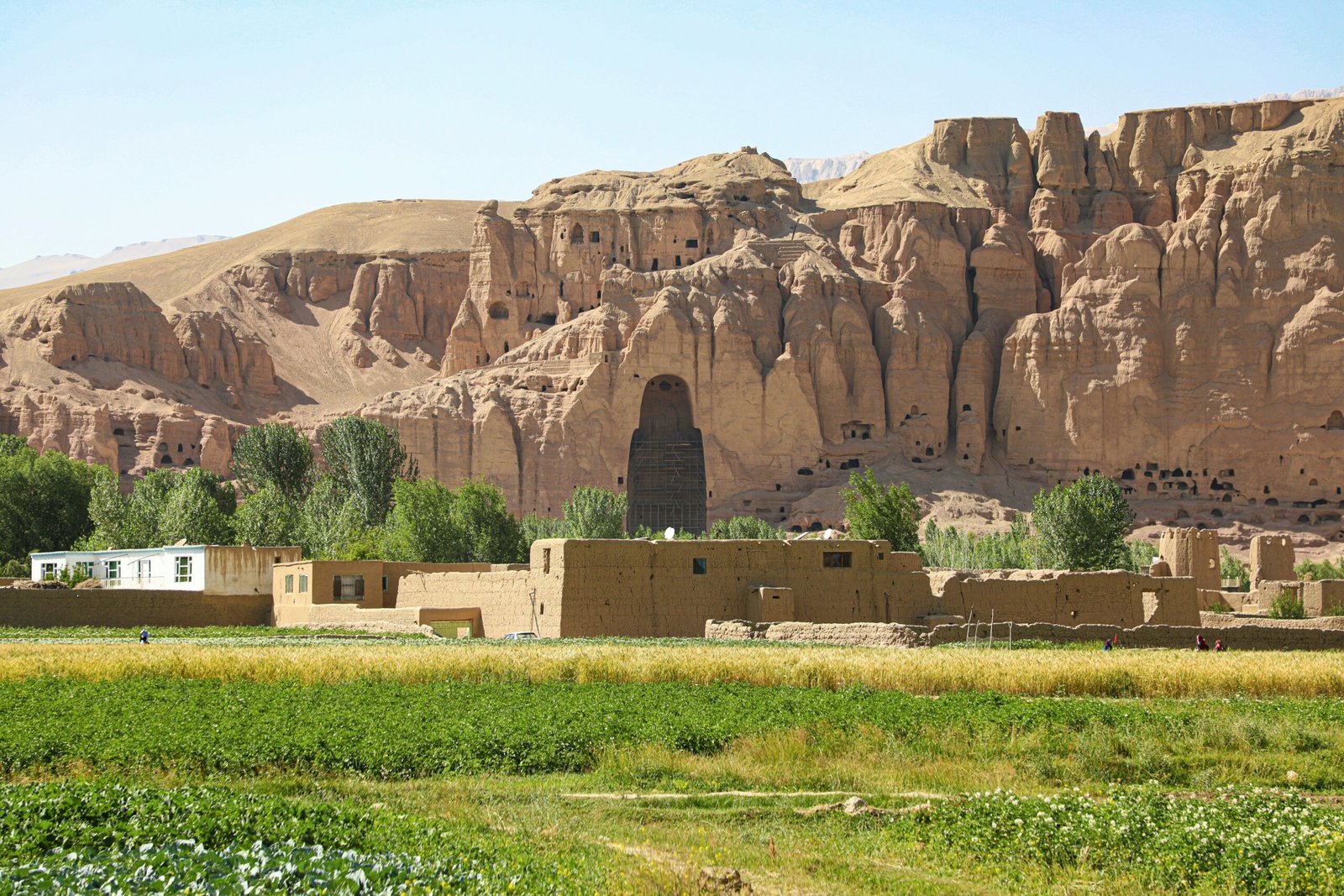
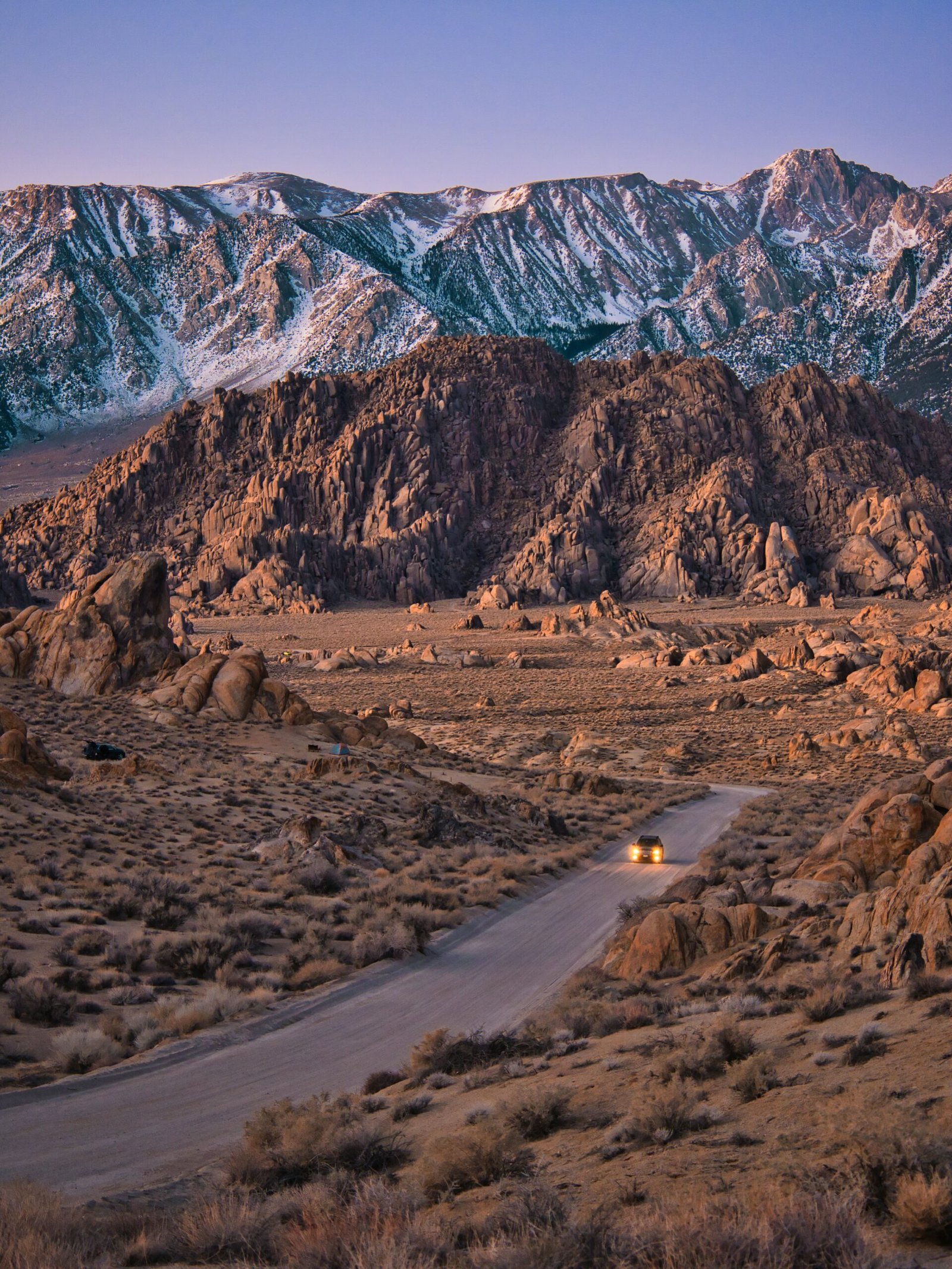
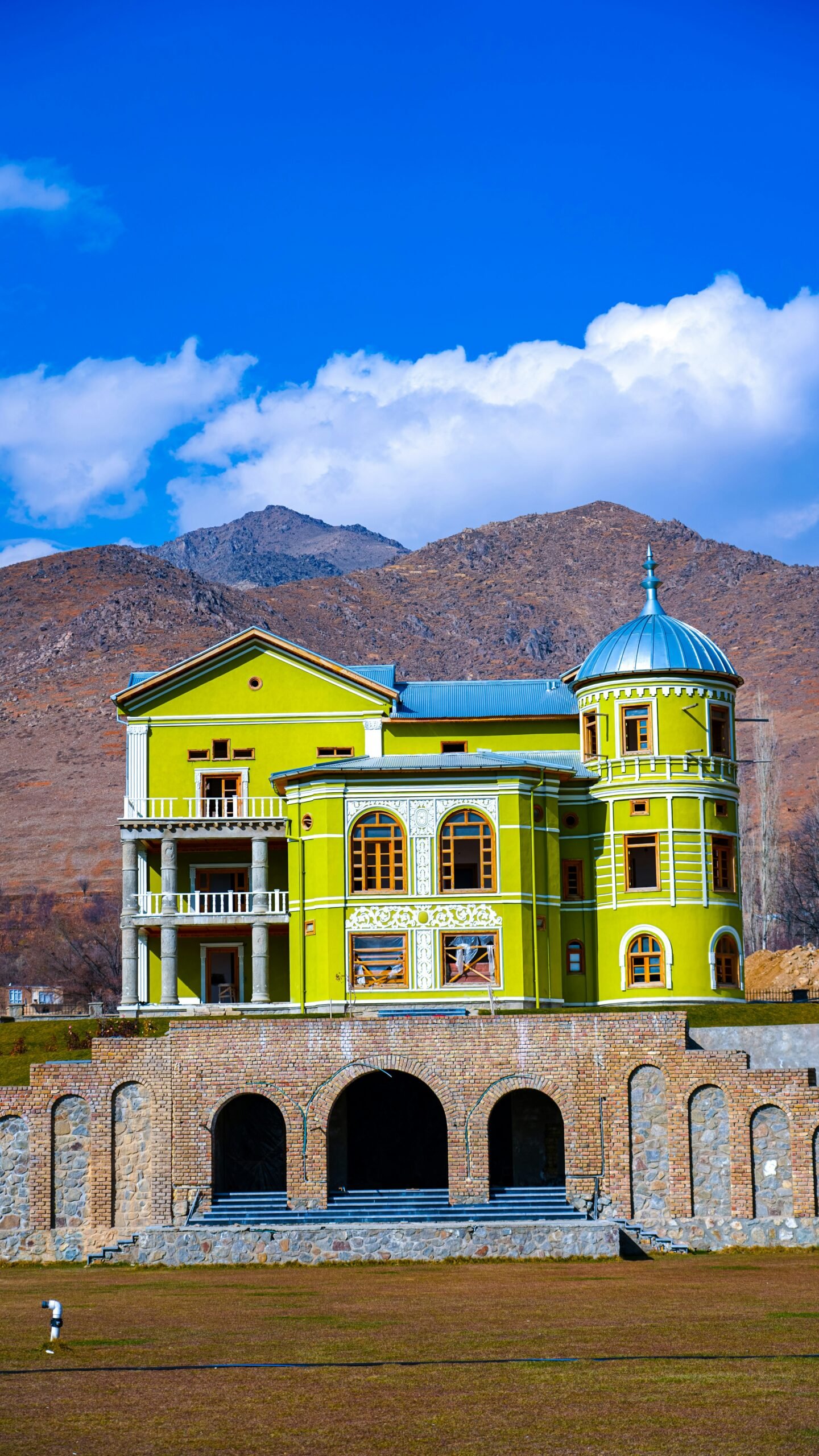
Our Services
Looking for more? Our services are designed to meet every need with care and excellence. We are committed to providing you with the best support and quality.

Transport
We provide safe, comfortable, and reliable transportation throughout your journey...

Food
Enjoy delicious and authentic Afghan cuisine throughout your tour. From traditional ...

Translator
Our experienced translators are available to help you communicate with locals and fully ...
Plan an Unforgettable Journey to Bamyan Today!
Discover the beauty of Afghanistan’s hidden gem — from ancient Buddha niches to the crystal-clear lakes of Band-e Amir.
We’ll help you experience the best of Bamyan comfortably and within your budget.
Book Your Tour Now
- +93 786245260

